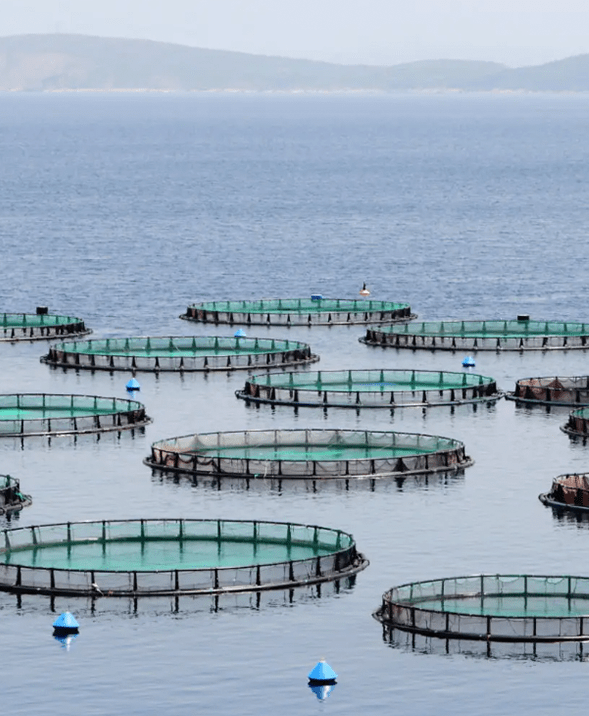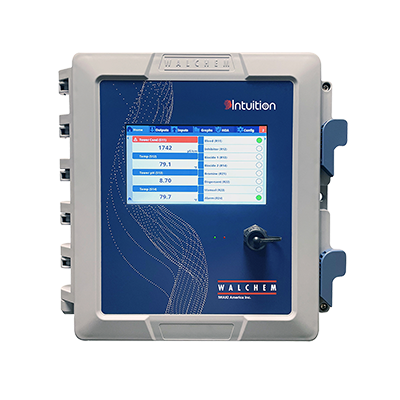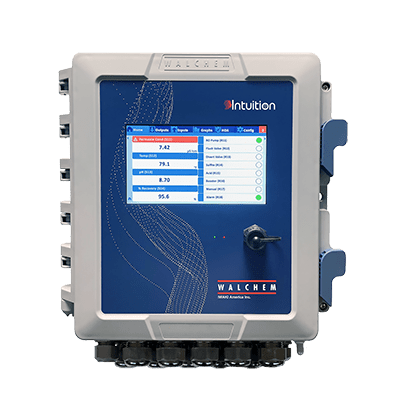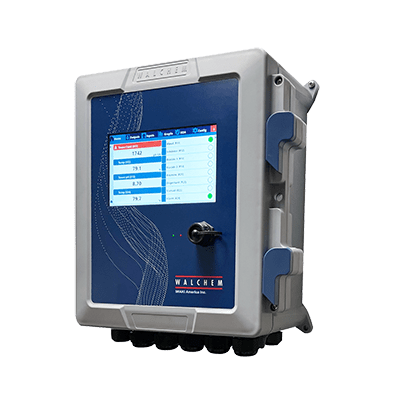
Intuition-9
Aquaculture
The INT-9 controller will help ensure the Aquaculture market flourishes + provide a safe product.
Customer | State Fish + Game
APPLICATION
Over the last 10 years there has been a large increase in the demand for seafood and other fresh water fish. To meet this demand, aquaculture has been employed in a number of countries for a wide variety of species. Some of the species include tilapia, catfish, trout, barramundi, salmon, shrimp, and algae. The species where we will focus can be raised in tanks, pens, ponds or raceways.
Only 6% of the seafood consumed in the US is obtained locally. Aquaculture in the US is growing rapidly to meet this demand. The INT-9 controller will help ensure this market flourishes and provides a safe product.

SOLUTION
There are a number of issues that arise when raising captive species in a high-density aquaculture environment. Some of those problems are disease, oxygen depletion, ammonia toxicity and flavor. These problems for the most part can be addressed by control of the water quality, but the INT-9 has other features that are required for optimization of the system:
• Control of pH, ORP, ozone, free chlorine, conductivity or salinity
• Ability to control-dissolved oxygen, ammonia and turbidity as well as other devices with 4-20 milliamps or digital outputs
• Rapid data logging for graphing to increase efficiencies and troubleshoot systems
• Rapid alarm notification through cell phone text messaging and e-mails
• Communication via LAN, cell modem
Parameters for control are:
Ozone/ORP– this measurement is typically used to control oxidants for the prevention of disease and
algal and bacterial overgrowth.
pH– is used to provide the correct acidity or basicity of the water environment. Many species have specific requirements; acid or carbon dioxide can be used to lower the pH and the pH can be raised with sodium bicarbonate or lime.
Temperature-most species have a range where their metabolism is the most efficient and therefore they will gain weight faster. In most systems, heaters or chillers adjust the temperature.
Conductivity — this is used to maintain the proper salinity for saltwater species and to monitor dissolved solids for freshwater species such as trout that require low levels of TDS.
Total Chlorine — many times total chlorine is measured to ensure that chlorine or chloramines are not present in the water environment, as it is highly toxic to many fish and other aquatic animals.
Dissolved Oxygen — because the species are raised in high-density situations they are capable of causinga rapid decrease in oxygen. The oxygen is usually supplied via aerators using compressors or blowers.
Turbidity — many aquaculture species require clean and clear water. As the detritus accumulates from waste or overgrowth the environment becomes less agreeable and therefore can taint the flavor of the fish and also reduce growth due to stress.
WHERE TO FIND SIMILAR ACCOUNTS:
Iwaki mag drive customers using mag drives for circulation in aquatic life support systems
State Fish and Game
Ozone manufacturers
Aquaculture equipment suppliers
Nutraceuticals manufacturers – Vitamins and supplements
Aquaculture associations-World Aquaculture Association-www.was.org
• American Tilapia Association
• Aquacultural Engineering Society
• Aquaculture Association of Canada
• Catfish Farmers of America
• Striped Bass Growers Association
• US Shrimp Farming Association
• US Trout Farmers Association



